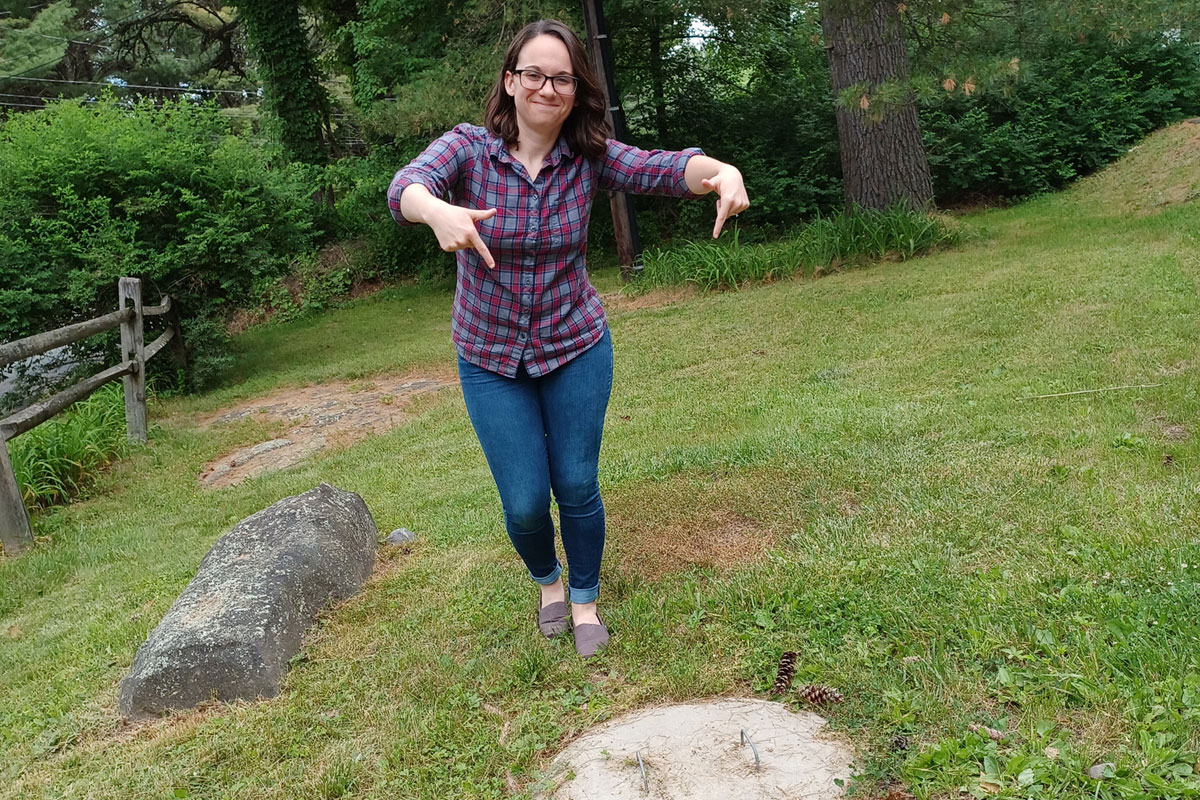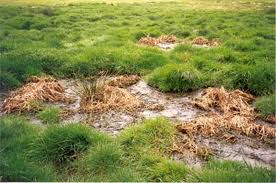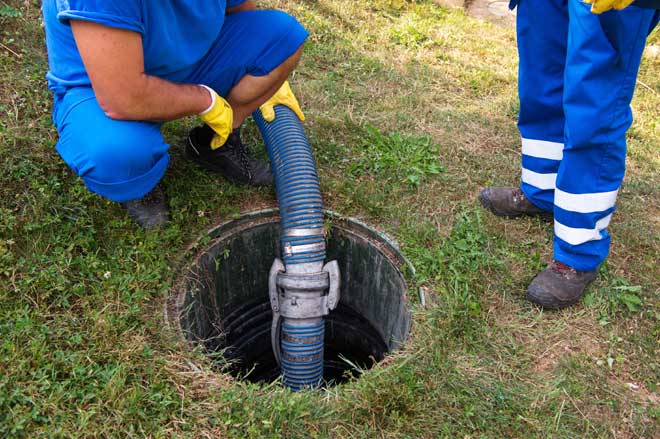News

How to Properly Maintain Your On-lot Septic System
When you flush your toilet or wash dishes in the sink, where does all that water and extra waste go? In more densely developed urban areas, household wastewater is commonly piped off-site to a centralized sewage treatment plant. However, in rural areas with more widely scattered residential development, the infrastructure required for centralized systems is often impractical and financially prohibitive.
As a result, like much of rural Pennsylvania, a majority of Pike County residents rely on individual, on-lot sewage systems to treat household wastewater. In effect, each homeowner has his/her own small-scale sewage treatment plant right in their own yard, and it is the homeowner’s responsibility to ensure the proper use and maintenance of their system.
Traditionally, on-lot septic systems consisted of a holding or septic tank and an in-ground soil absorption field. While septic tanks are still a mainstay in on-lot systems, in-ground absorption fields are seldom used in Pike County today.
In-ground Absorption Fields
In-ground absorption fields only work when the right type of soil is present at sufficient depth, conditions not present in much of Pike County where shallow, rocky, poorly drained soils predominate. Due to these poor soil conditions, and with the adoption of more stringent regulations designed to provide for more effective and safer on-lot wastewater treatment, in-ground soil absorption fields now often fail to meet the regulatory criteria set by the Pennsylvania Department of Environmental Protection (PA DEP).
Above-ground Absorption Fields
Specially designed above-ground absorption fields called elevated sand mounds – also sometimes referred to as “turkey mounds” – are now widely used in place of in-ground absorption fields, and have become a fixture of community landscapes in Pike County.
Recognizing Septic Red Flags

- Slow moving home: toilets, showers and sinks are draining slower than usual.
- Backed up basement: Sewage is backing up into the basement or drains in the home.
- Now waterfront property: The absorption field is holding water, causing ponding or wet areas that won’t dry (see photo on right).
- Neon Grass: The grass over the adsorption field turning bright green may indicate effluent is coming up to the surface.
- Smell: Sewage odors! Don’t ignore your nose!
- Drinking water: Bacteria or nitrates show up in tests of a nearby drinking water well.
If you recognize any of these red flags on your property, it may be time to contact a local septic specialist to inspect your system. The process of repairing major system failure is pricey, but luckily, it is also preventable!
There are several benefits to properly maintaining your on-lot system, including:
- Minimizing pollution to surface and groundwater
- Providing a safeguard for family health by helping to reduce contamination of drinking water supplies and public swimming areas
- Protecting your financial investment in your home and property
 Pump Regularly
Pump Regularly
The most critical aspect of maintaining an on-lot system is pumping the tank (see photo on left). Having a tank pumped out every three years is generally considered to be a good rule of thumb.
In addition to pumping and regular inspections of your on-lot system, here are a few other measures you can take to maintain its integrity and functionality:
- Exercise caution with the use of additives marketed as providing improvement to on-lot systems. Some products can actually create problems in on-lot systems.
- Use and dispose of household hazardous wastes (HHW) properly. Excess amounts of HHW poured down household drains can impair on-lot system functioning and may lead to groundwater contamination.
- Properly dispose of grease and cooking oils. If poured down household drains, they can accumulate in a septic tank and contribute to a clogged absorption filed.
- Maintain a grass cover over an absorption field. The root systems of shrubs and trees, planted over absorption fields, can penetrate, clog and damage distribution pipes. Keeping woody plants from growing over a field is a safe bet.
- Avoid parking or driving automobiles, ATVs and other vehicles over absorption fields. Their weight can cause compaction and damage to distribution pipes. Average-sized riding mowers are generally O.K.
- Avoid placing large, inflatable swimming pools on absorption fields; their weight can cause compaction of mound materials resulting in system failure.
- Practice water conservation measures to avoid overloading and saturating an absorption field, which can lead to system failure.
Negligence in maintaining a system can lead to system failure, water pollution and expensive repair costs. For more information about on-lot sewage treatment systems, please contact the following sources:
Your Local Municipal Sewage Enforcement Officer (SEO)
Penn State Extension
https://extension.psu.edu/on-lot-wastewater-systems-the-basics
